Home>Kitchen & Cooking>Kitchen Gadgets & Utensils>How To Use A Tea Kettle
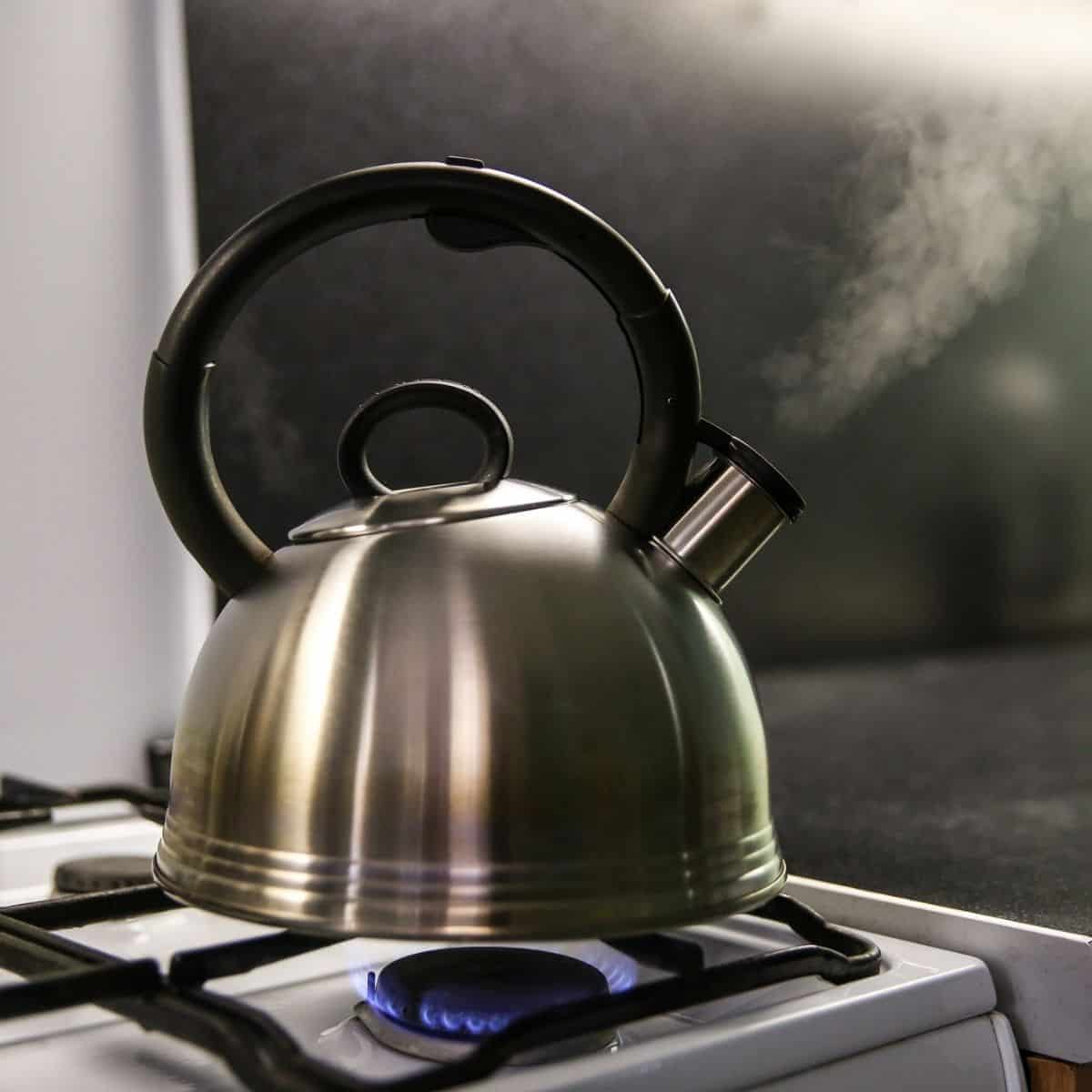

Kitchen Gadgets & Utensils
How To Use A Tea Kettle
Modified: March 21, 2024
Learn the best ways to use a tea kettle in your kitchen. Explore tips and techniques for using this essential kitchen gadget and utensil.
(Many of the links in this article redirect to a specific reviewed product. Your purchase of these products through affiliate links helps to generate commission for Storables.com, at no extra cost. Learn more)
Introduction
Welcome to the delightful world of tea! Whether you're a seasoned connoisseur or a newcomer to the art of brewing the perfect cup, the humble tea kettle is an indispensable tool for creating a comforting and aromatic beverage. In this guide, we'll explore the art of using a tea kettle to brew your favorite blends with finesse and flair.
The tea kettle, a staple in kitchens around the world, is not merely a vessel for boiling water. It is a symbol of warmth and hospitality, evoking images of cozy conversations and cherished traditions. From the classic whistling stove-top models to the sleek electric versions, tea kettles come in a variety of styles and materials, each with its own charm and functionality.
In this comprehensive guide, we will delve into the nuances of choosing the right tea kettle, preparing it for use, brewing tea to perfection, and maintaining its pristine condition. Whether you prefer the soothing notes of chamomile, the robust flavors of black tea, or the delicate aromas of green tea, the information provided here will help you elevate your tea-making experience to new heights.
So, grab your favorite mug, settle into a comfortable spot, and let's embark on a journey to unlock the secrets of the perfect cup of tea, starting with selecting the ideal tea kettle for your needs.
Key Takeaways:
- Choose a tea kettle based on material, capacity, and design to match your brewing habits and kitchen style. Consider features like infusers and temperature control for added convenience.
- Keep your tea kettle clean and well-maintained to ensure longevity and optimal performance. Regular cleaning, descaling, and careful inspection will preserve its charm and functionality.
Read more: How To Use A Whistling Tea Kettle
Choosing the Right Tea Kettle
When it comes to selecting the perfect tea kettle, several factors come into play, including material, capacity, and design. Here are some key considerations to keep in mind:
- Material: Tea kettles are available in a range of materials, each with its own set of advantages. Stainless steel kettles are durable, resistant to rust and stains, and retain heat well. They are also easy to clean and maintain. Glass kettles provide a visual treat as you watch the water come to a boil, and they do not impart any metallic taste to the water. Ceramic kettles, known for their elegant designs, are excellent for heat retention, and they often add a touch of charm to the kitchen.
- Capacity: Consider how many cups of tea you typically brew at a time. Tea kettles come in various sizes, ranging from compact 1-liter options to larger 2-liter or more capacities. If you frequently entertain guests or have a large household, a larger kettle may be more suitable.
- Design: From classic stove-top models to modern electric kettles, the design of your tea kettle can complement your kitchen aesthetic. Consider the style of your kitchen and choose a kettle that harmonizes with the overall decor.
- Features: Some tea kettles come with additional features such as built-in infusers for loose-leaf tea, temperature control settings, and automatic shut-off functions. These extra features can enhance the tea-making process and cater to specific preferences.
Furthermore, it’s essential to consider your preferred method of heating water. Stove-top kettles are versatile and can be used on gas, electric, or induction stovetops. Electric kettles, on the other hand, offer convenience with rapid boiling and precise temperature control.
By carefully evaluating these factors, you can select a tea kettle that aligns with your brewing habits, kitchen decor, and personal style, setting the stage for a delightful tea-making experience.
Preparing the Tea Kettle
Before embarking on the delightful journey of brewing tea, it’s essential to prepare your tea kettle for the task at hand. Here are the steps to ensure your tea kettle is primed and ready:
- Cleaning: Start by thoroughly cleaning your tea kettle. If it’s a new kettle, wash it with mild soap and water to remove any manufacturing residues. For existing kettles, regular cleaning with a solution of water and vinegar can help remove mineral deposits and maintain the kettle’s pristine condition.
- Filling the Kettle: Fill the kettle with fresh, cold water. It’s advisable to use filtered water for the best-tasting tea, as it eliminates any impurities or off-flavors that may affect the tea’s taste.
- Boiling Water: Place the filled kettle on the heat source, whether it’s a stovetop, electric burner, or induction cooktop. Allow the water to come to a gentle boil. If your kettle features a built-in temperature gauge, you can set it to the desired temperature based on the type of tea you plan to brew.
- Preheating: Once the water reaches the desired temperature, allow it to preheat the kettle. This step ensures that the kettle is at the optimal temperature for brewing tea, enhancing the flavors and aromas of the tea leaves.
By following these steps, you can ensure that your tea kettle is clean, filled with quality water, and heated to the perfect temperature, setting the stage for a delightful tea-making experience. With the kettle prepared, it’s time to explore the art of brewing tea to perfection.
Always fill the tea kettle with fresh, cold water before heating. Avoid overfilling to prevent boiling over. Place the kettle on the stove and heat until it whistles, then carefully pour the hot water into your teapot or mug.
Brewing Tea
With your tea kettle primed and ready, it’s time to embark on the art of brewing the perfect cup of tea. Whether you prefer the robust flavors of black tea, the delicate nuances of green tea, or the soothing notes of herbal infusions, the brewing process is a delightful ritual that unfolds in a few simple steps:
- Selecting Your Tea: Choose your favorite tea leaves or tea bags, ensuring they are of high quality and suited to your taste preferences. Whether it’s loose-leaf tea or tea bags, the key is to use fresh, aromatic tea for the best results.
- Measuring the Tea: Use the appropriate amount of tea for the desired strength. A general guideline is one teaspoon of loose-leaf tea or one tea bag per 8-ounce cup of water. Adjust the quantity based on your personal taste preferences.
- Steeping Time and Temperature: Different types of tea require specific steeping times and water temperatures to achieve optimal flavor. For example, delicate green teas may require lower water temperatures and shorter steeping times, while robust black teas benefit from hotter water and longer steeping periods. If your tea kettle features temperature control settings, adjust it accordingly. Otherwise, you can use a simple kitchen thermometer to gauge the water temperature.
- Pouring the Water: Once the water reaches the appropriate temperature, carefully pour it over the tea leaves or tea bag in your teapot or cup. Allow the tea to steep for the recommended duration, ensuring that the flavors infuse harmoniously with the water.
- Serving and Enjoying: After the designated steeping time, remove the tea leaves or tea bag, and pour the freshly brewed tea into your favorite cup. Take a moment to inhale the inviting aroma, savoring the anticipation of the delightful flavors that await. Whether you enjoy your tea plain or with a touch of honey, lemon, or milk, the choice is yours.
As you savor the first sip of your meticulously brewed tea, you’ll appreciate the harmonious blend of flavors and aromas, a testament to the artistry of tea-making. With practice and experimentation, you’ll discover the nuances of brewing tea to suit your individual preferences, creating moments of tranquility and indulgence with each cup.
Cleaning and Maintenance
After the delightful ritual of brewing and savoring tea, it’s essential to care for your tea kettle to ensure its longevity and continued performance. Proper cleaning and maintenance practices can preserve the kettle’s functionality and aesthetic appeal. Here are some tips for keeping your tea kettle in pristine condition:
- Regular Cleaning: After each use, rinse the interior and exterior of the kettle with warm, soapy water to remove any residual tea stains or mineral deposits. For stubborn stains, a paste of baking soda and water can be applied to the affected areas and gently scrubbed with a soft cloth.
- Descaling: Over time, mineral deposits from the water, especially in areas with hard water, can accumulate inside the kettle. Descaling the kettle periodically using a solution of equal parts water and vinegar can effectively dissolve mineral buildup. After allowing the solution to sit for a while, rinse the kettle thoroughly to remove any traces of vinegar.
- Drying and Storage: After cleaning, ensure the kettle is thoroughly dried, both inside and out, to prevent the development of mold or mildew. Store the kettle in a dry, well-ventilated area to maintain its pristine condition between uses.
- Maintaining Exterior Finishes: Depending on the material of your tea kettle, such as stainless steel or ceramic, use appropriate cleaning methods to maintain its luster. Stainless steel kettles can be polished with a soft cloth and a stainless steel cleaner, while ceramic kettles may require gentle cleaning with a non-abrasive sponge to preserve their decorative finish.
- Inspecting Components: Periodically check the kettle’s handle, spout, and lid for any signs of wear or damage. Tighten loose screws or handles, and replace any worn or damaged parts to ensure safe and efficient use of the kettle.
By incorporating these cleaning and maintenance practices into your routine, you can extend the lifespan of your tea kettle and continue to enjoy its reliable performance and timeless charm. With proper care, your tea kettle will remain a cherished companion in your tea-making endeavors, ready to infuse each cup with warmth and comfort.
Read more: How To Use A Tea Infuser Kettle
Conclusion
As we conclude our exploration of using a tea kettle to brew the perfect cup of tea, it’s evident that this seemingly simple kitchen essential holds the key to a delightful and enriching tea-making experience. From the careful selection of the ideal tea kettle to the artful preparation, brewing, and maintenance, each step contributes to the creation of a comforting and aromatic brew that soothes the soul and tantalizes the senses.
Choosing the right tea kettle is a reflection of your personal style and brewing habits, with considerations such as material, capacity, and design shaping your decision. Once the perfect kettle graces your kitchen, the ritual of preparing it for use sets the stage for the enchanting journey of brewing tea to perfection.
Brewing tea is an art that unfolds in a few simple yet meaningful steps, from selecting the finest tea leaves to pouring the water with precision, allowing the flavors and aromas to intertwine harmoniously. Each cup of tea becomes a testament to the artistry and mindfulness invested in the process, a moment of tranquility and indulgence to be savored.
Amidst the joy of brewing and enjoying tea, the diligent care and maintenance of your tea kettle ensure its enduring functionality and allure. By incorporating regular cleaning, descaling, and attentive inspection into your routine, your tea kettle remains a steadfast companion, ready to infuse each cup with warmth and comfort.
As you continue your tea-making journey, may each cup of tea brewed with your cherished kettle be a source of comfort, inspiration, and delightful moments shared with loved ones. Embrace the art of tea-making with an open heart and a curious spirit, and let each sip transport you to a world of tranquility and bliss.
So, whether you prefer the bold embrace of black tea, the gentle whispers of green tea, or the soothing melodies of herbal infusions, may your tea kettle continue to be the vessel that brings forth moments of serenity and joy, one perfectly brewed cup at a time.
Frequently Asked Questions about How To Use A Tea Kettle
Was this page helpful?
At Storables.com, we guarantee accurate and reliable information. Our content, validated by Expert Board Contributors, is crafted following stringent Editorial Policies. We're committed to providing you with well-researched, expert-backed insights for all your informational needs.
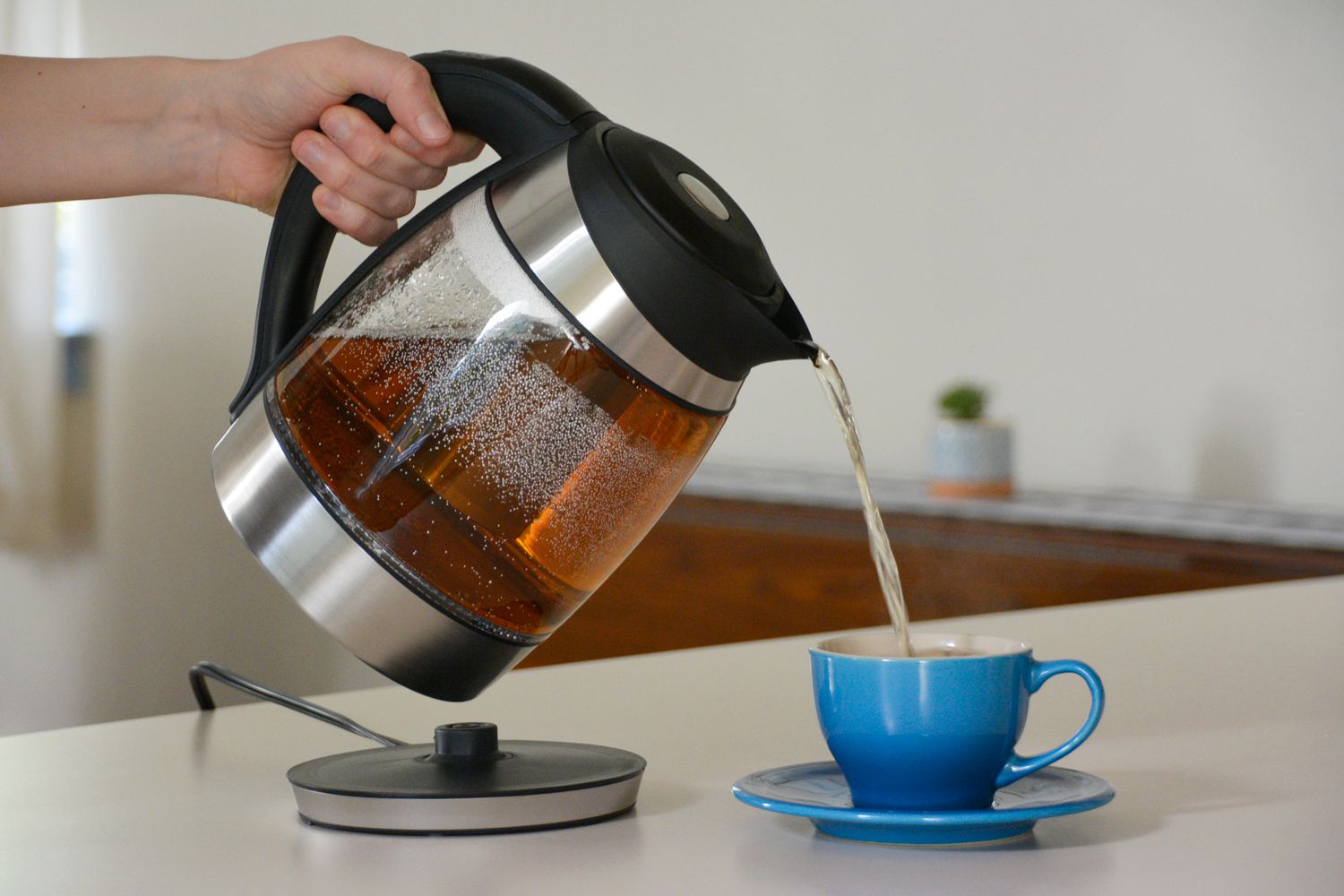
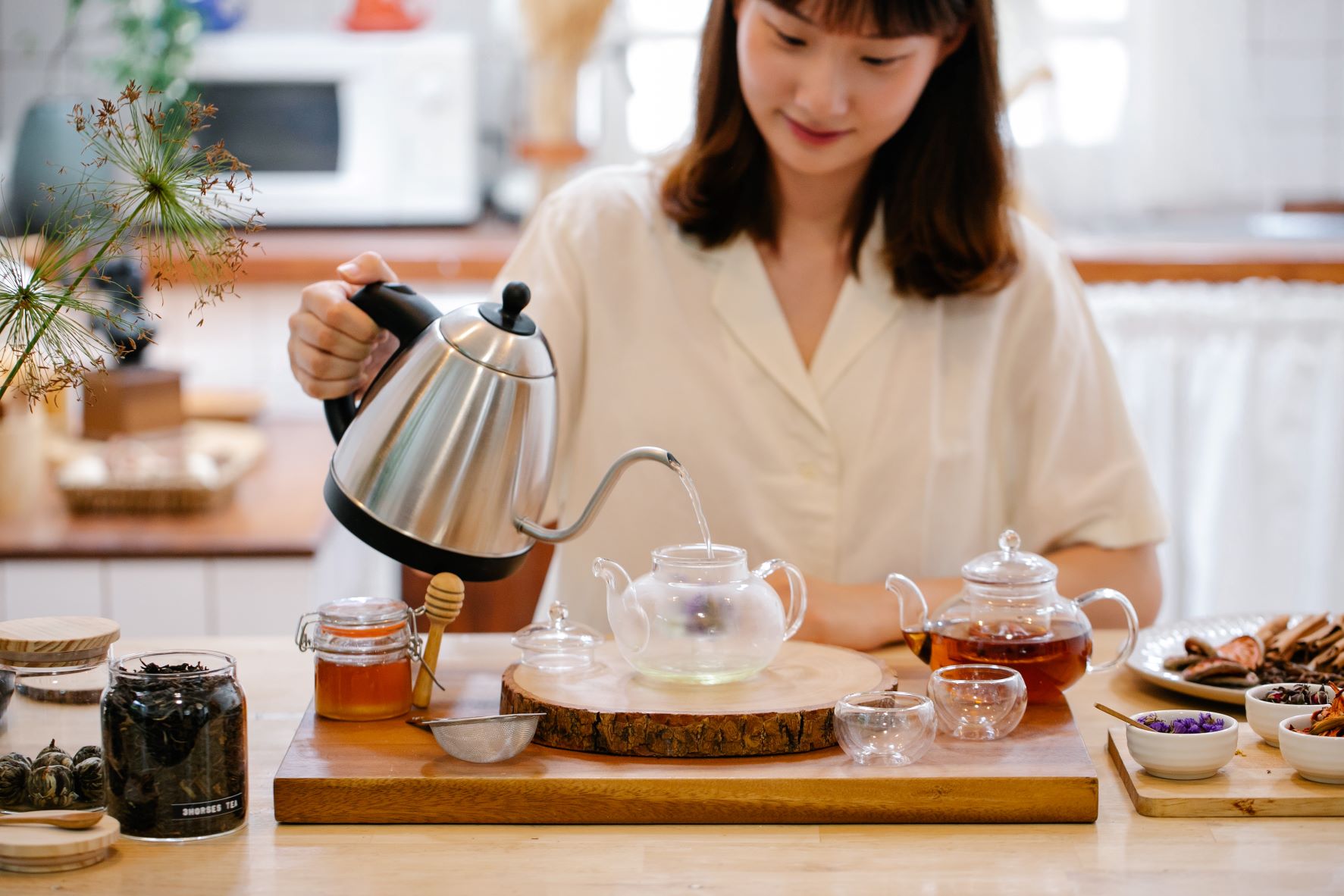
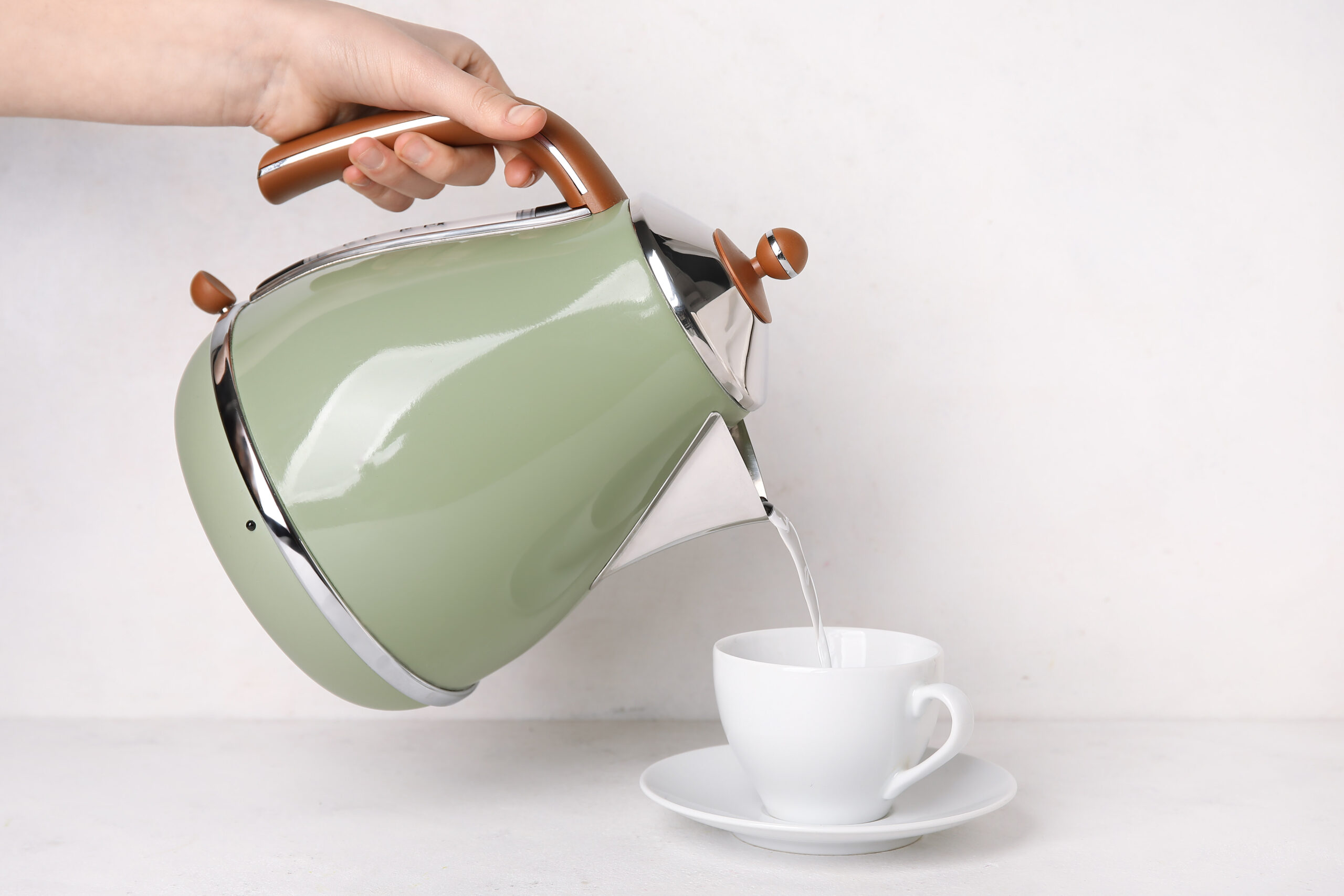
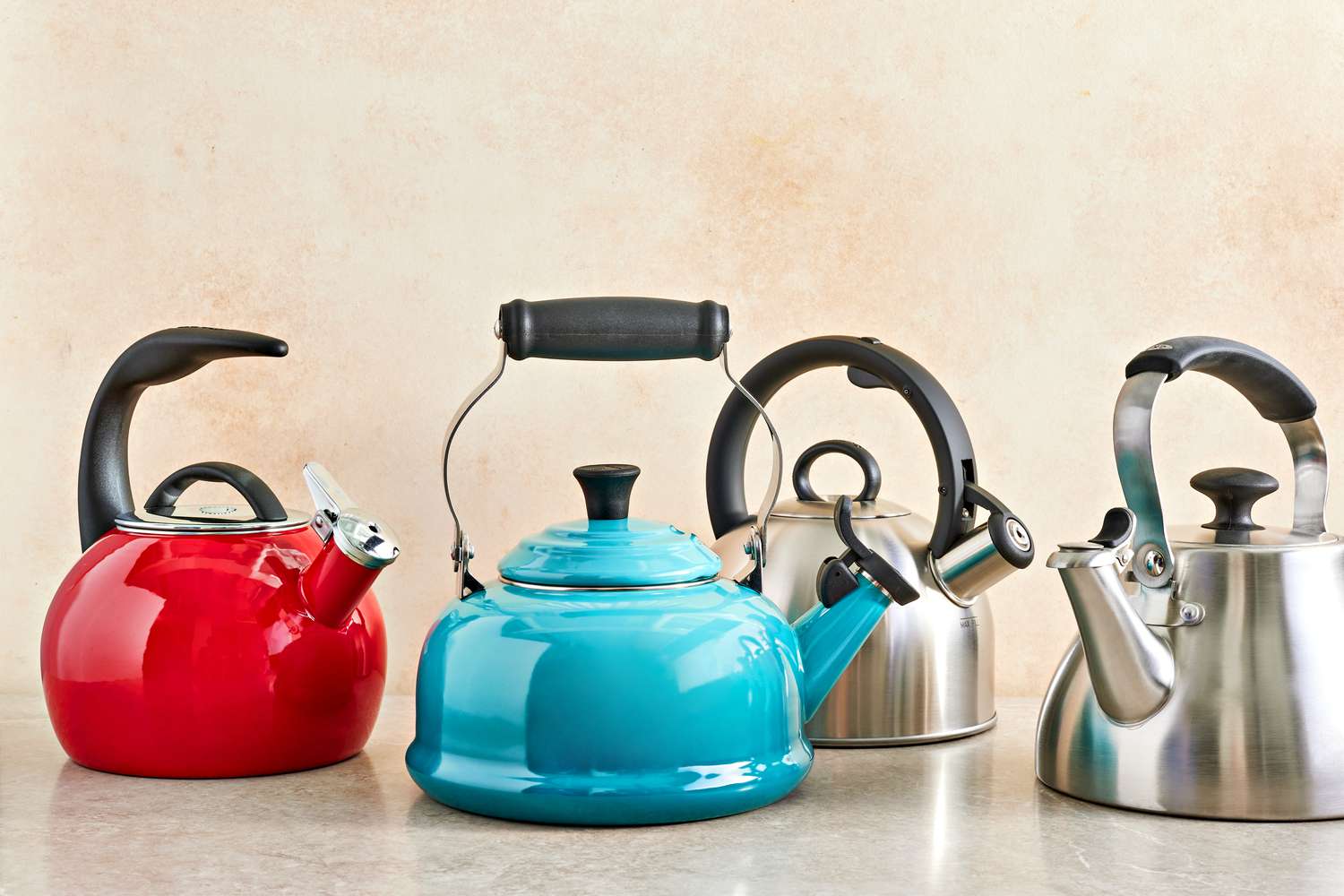
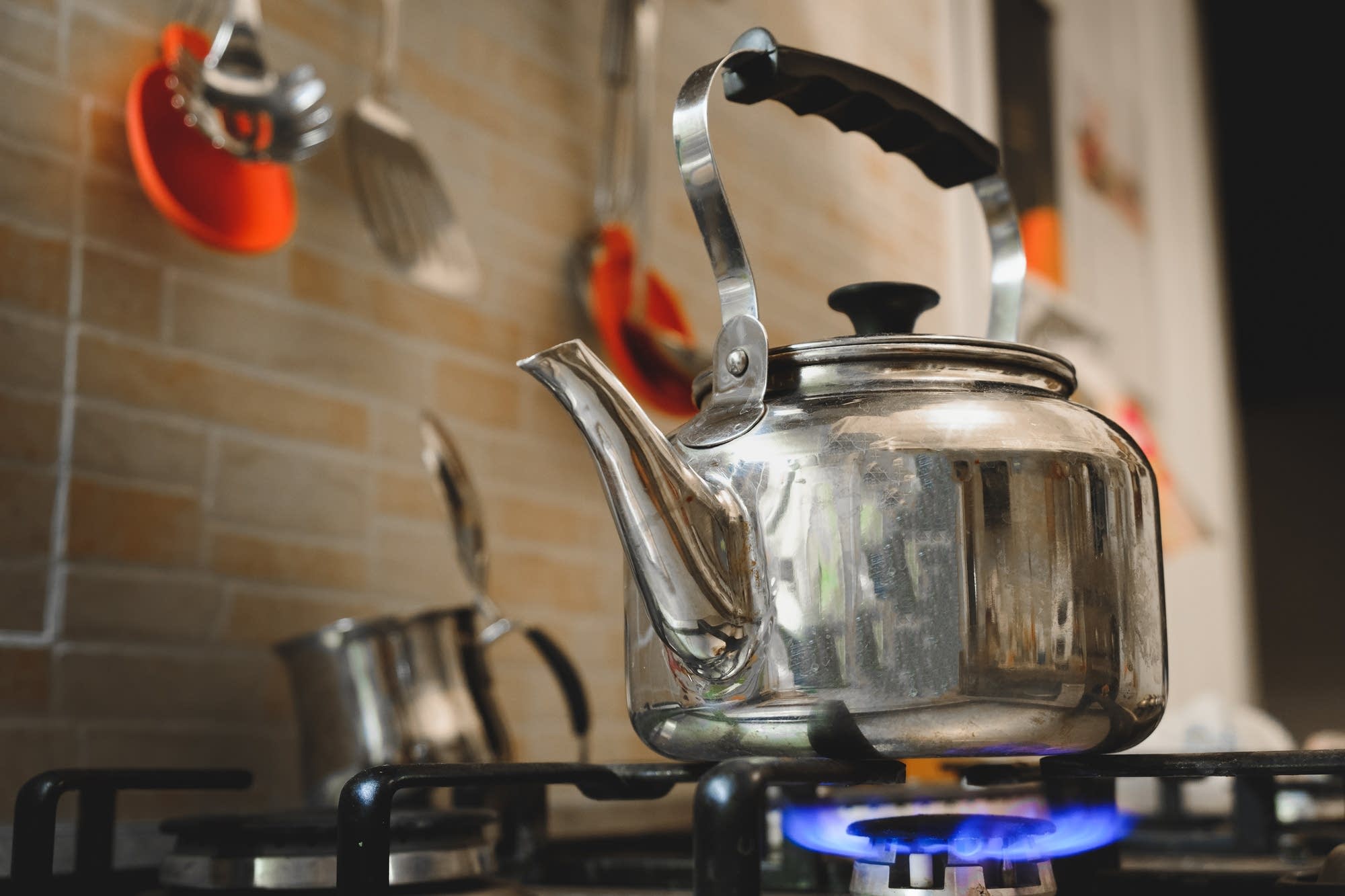
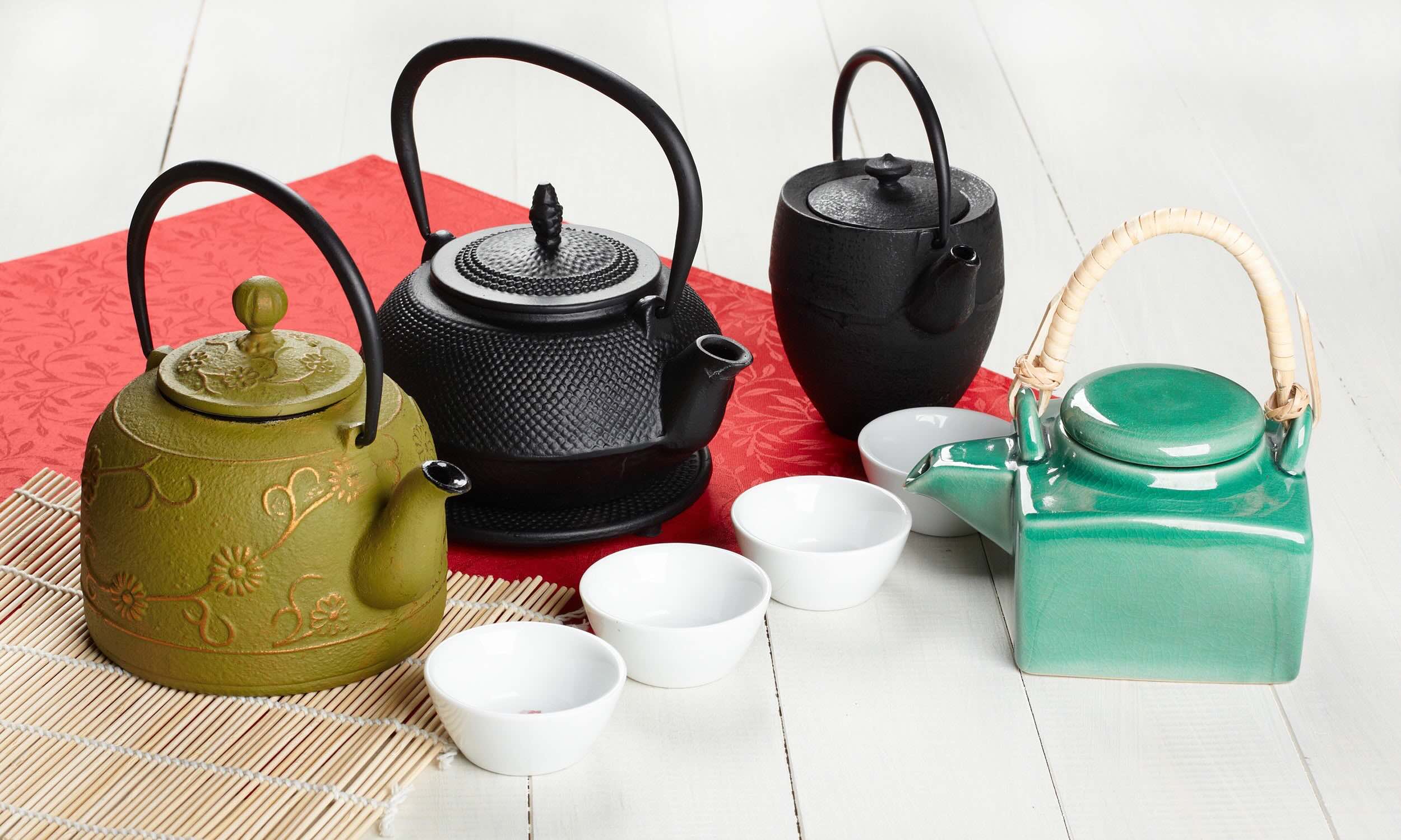
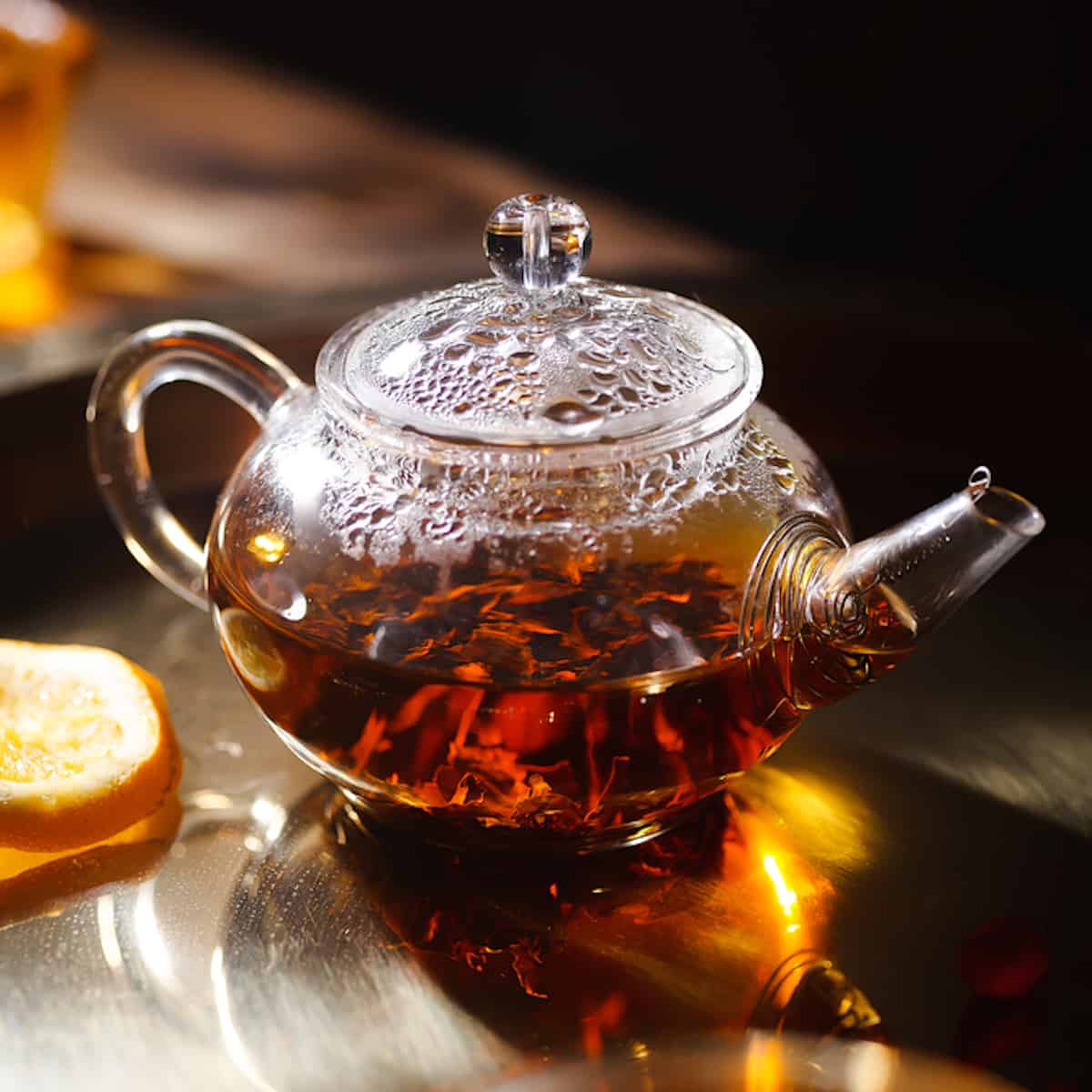
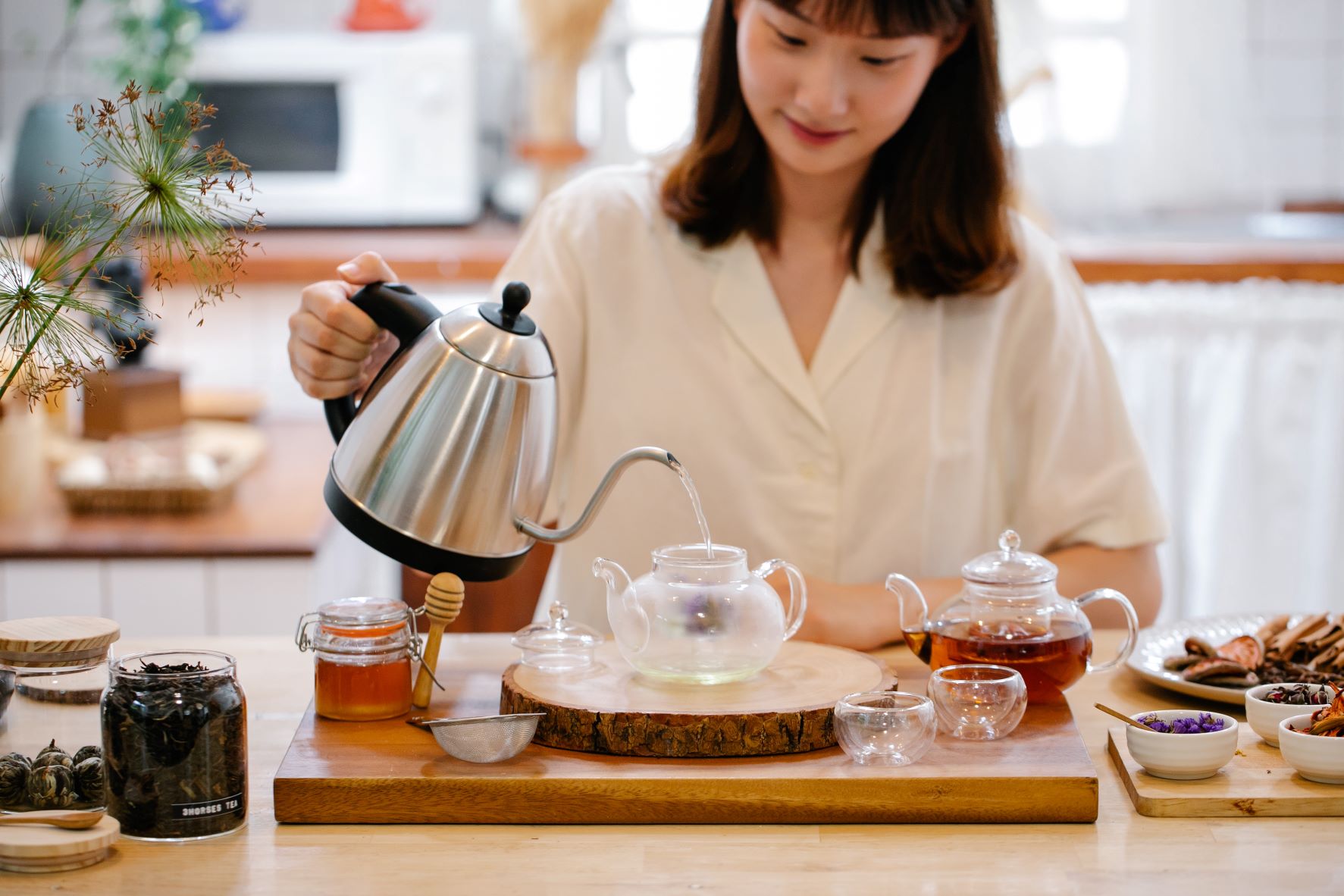
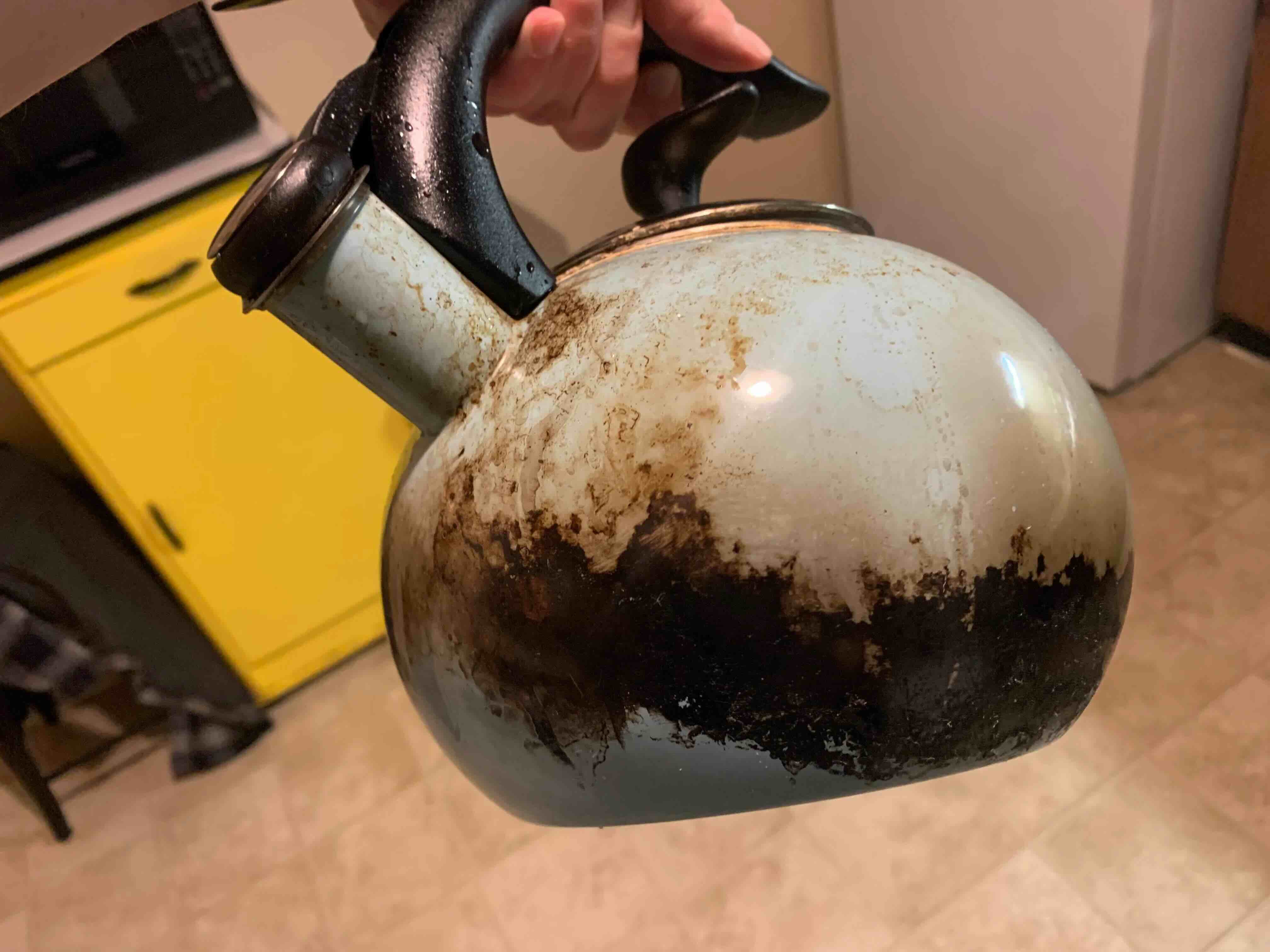
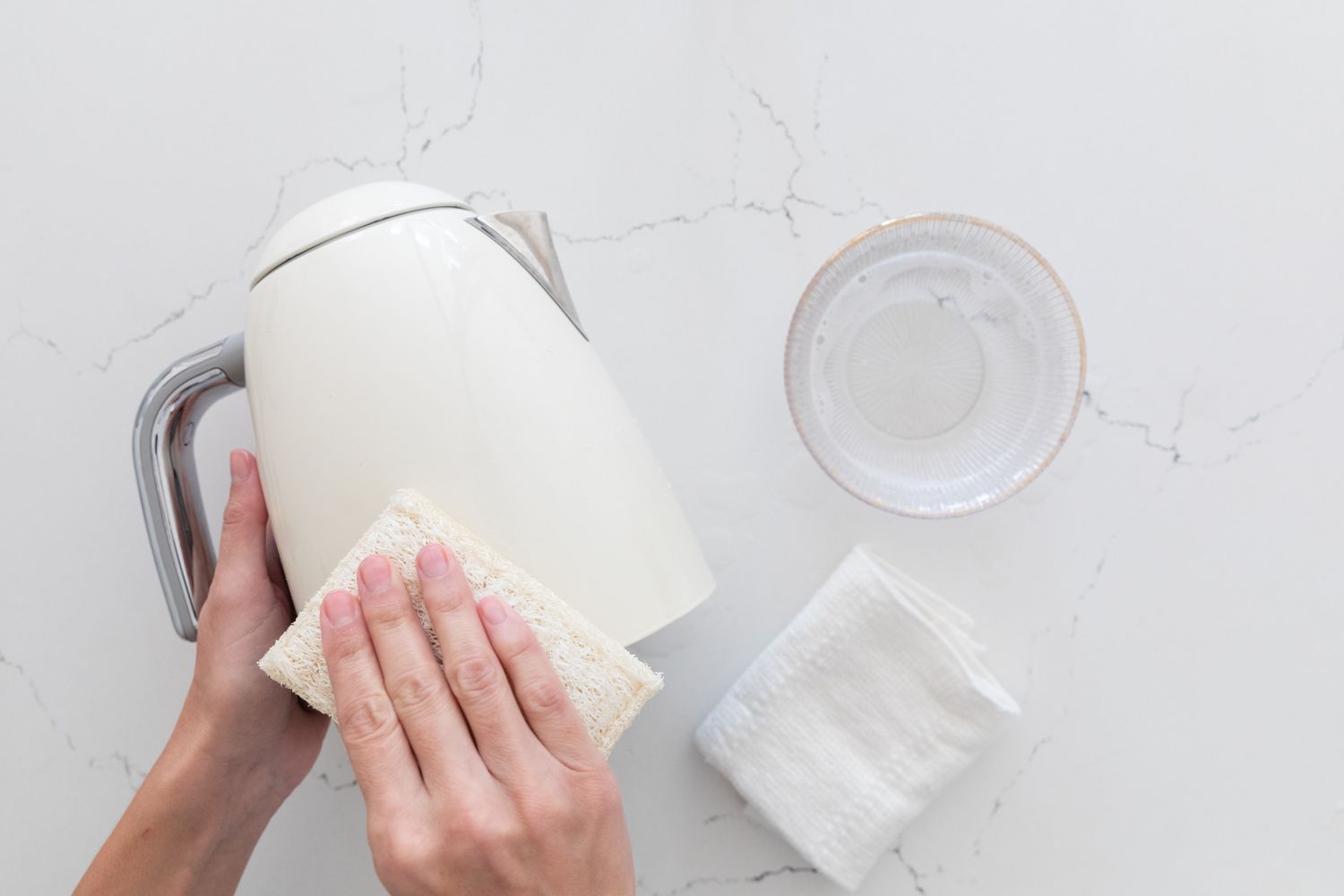
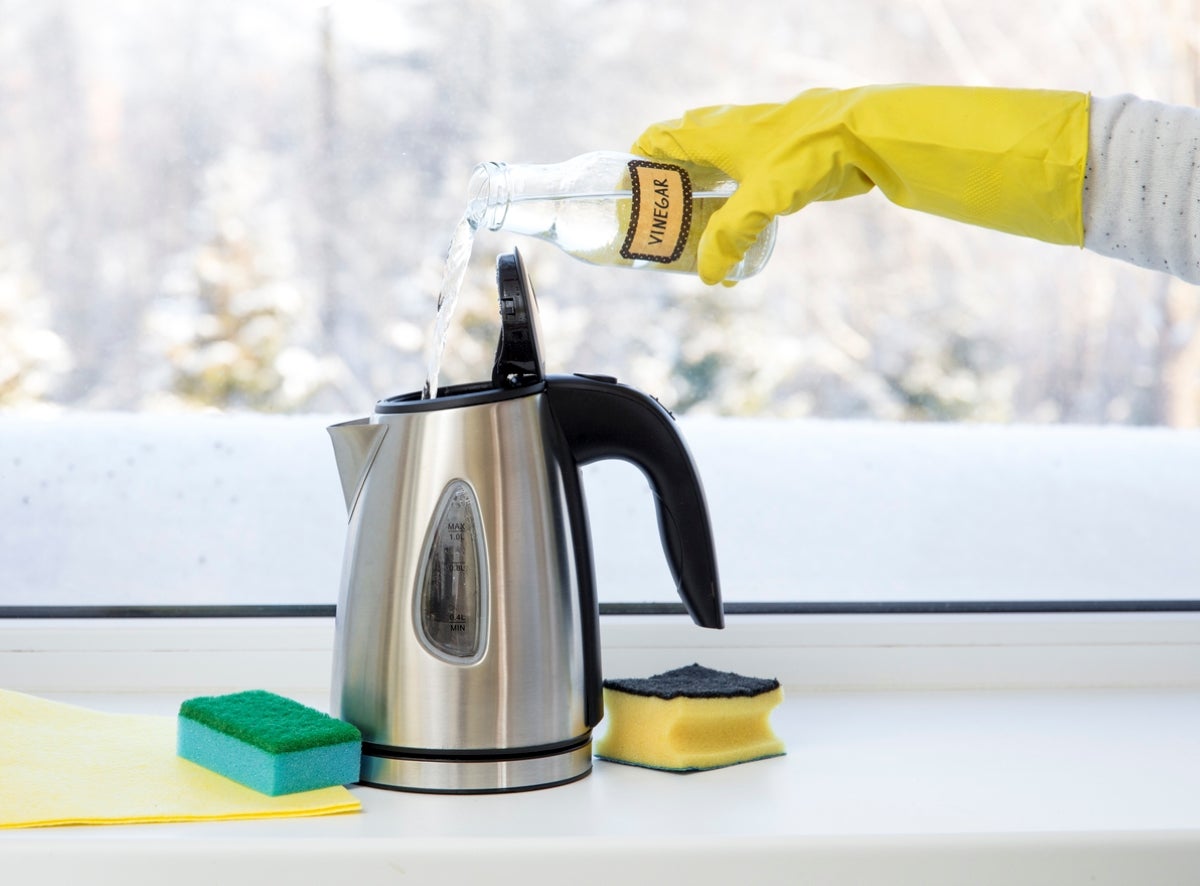
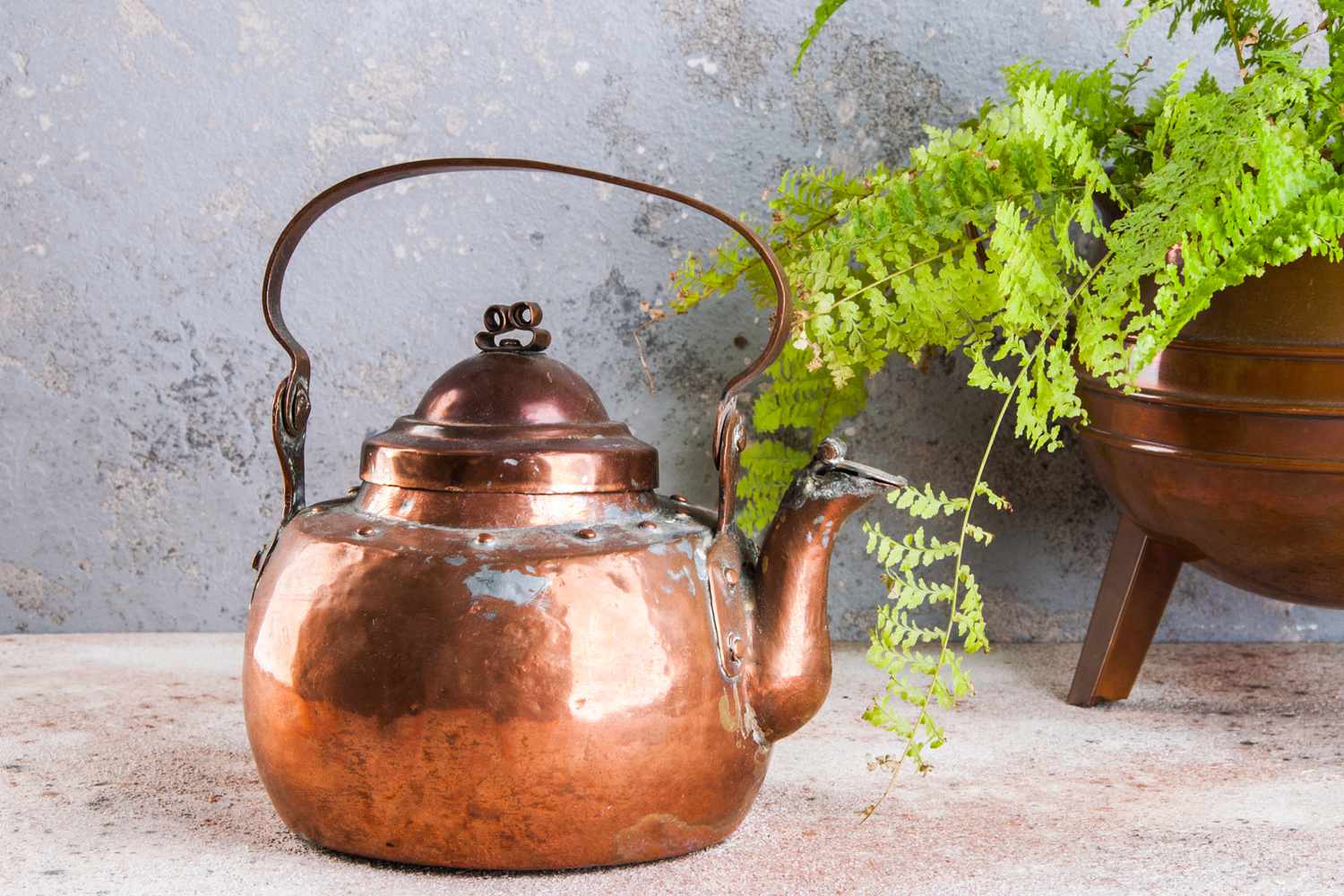
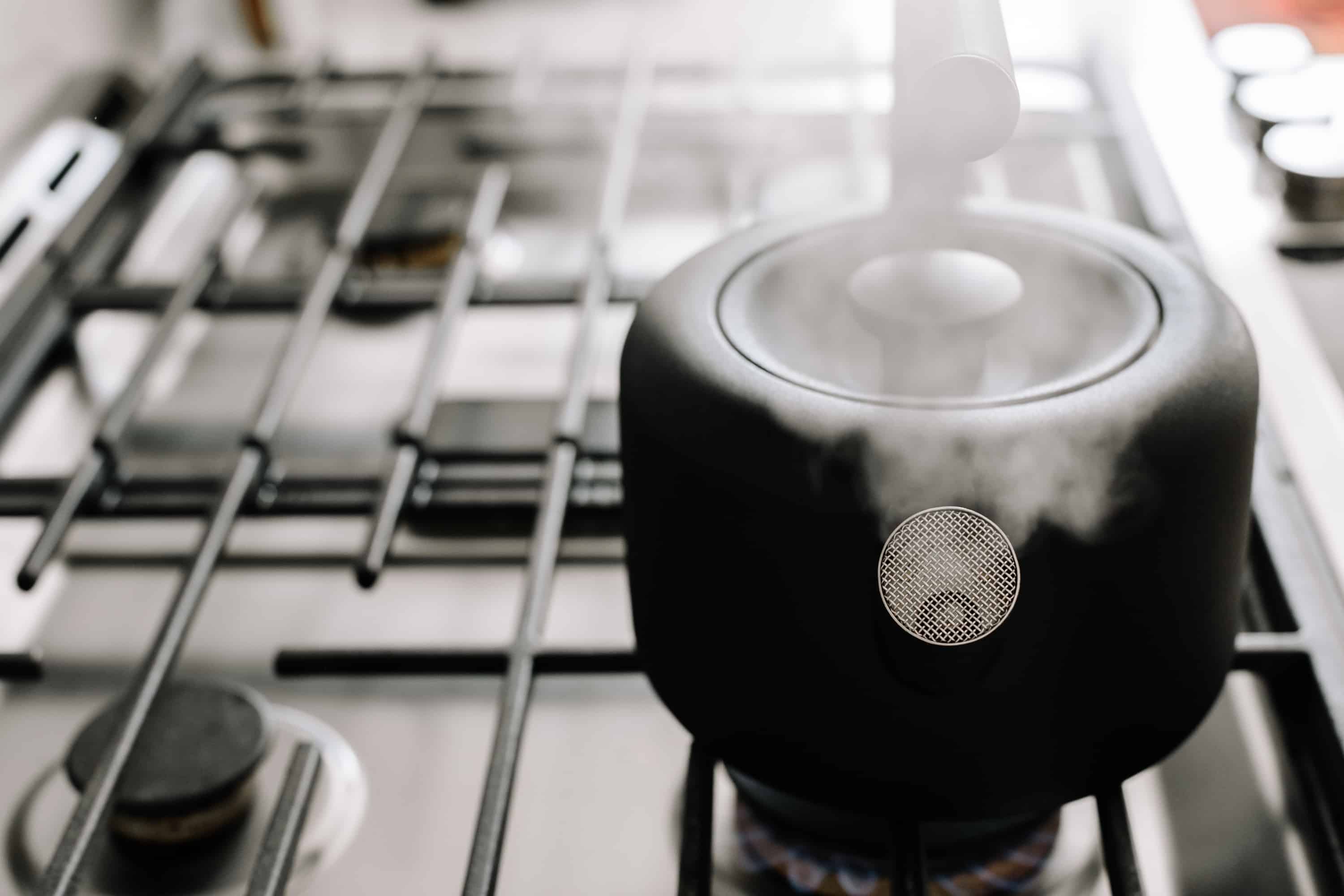
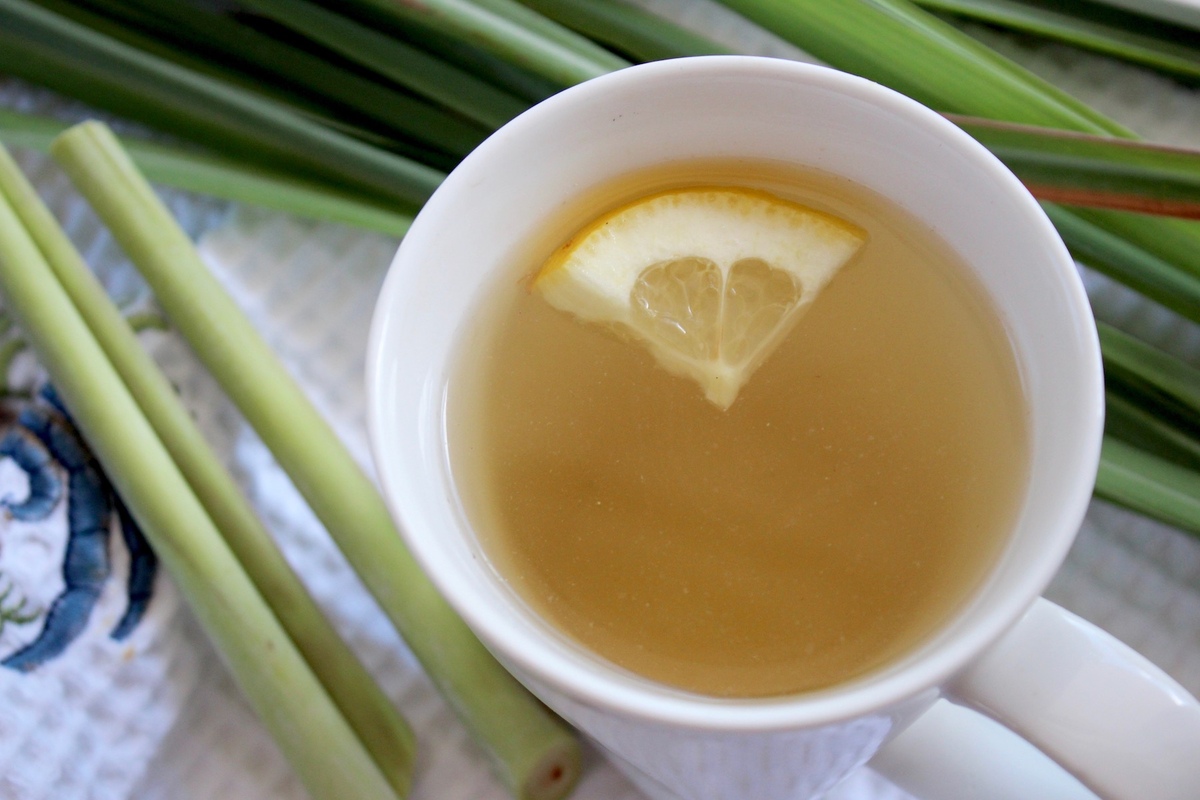

0 thoughts on “How To Use A Tea Kettle”